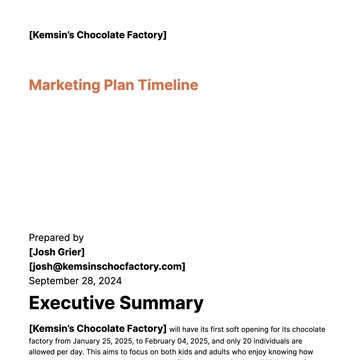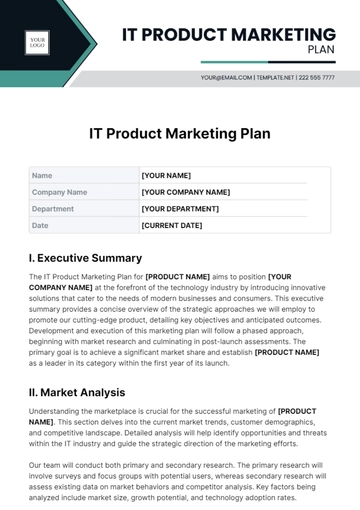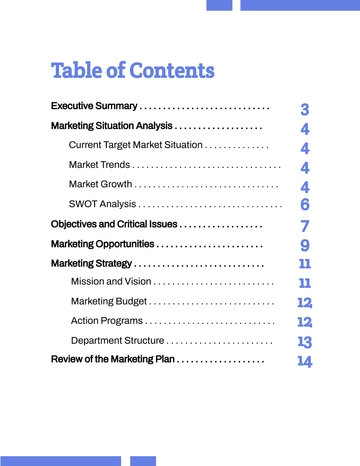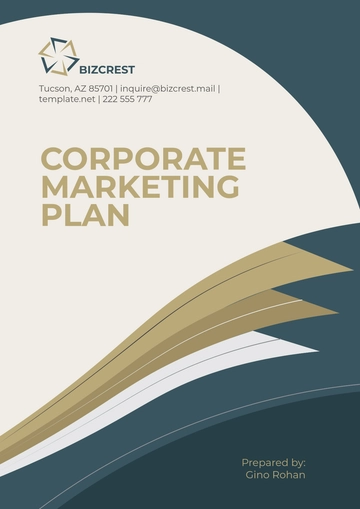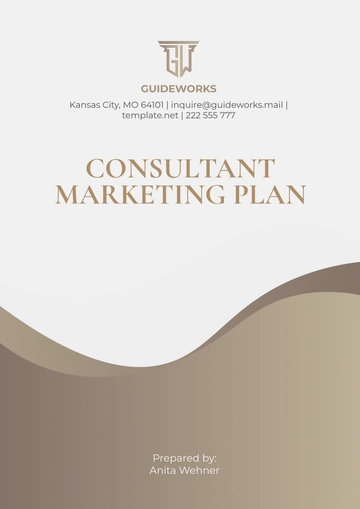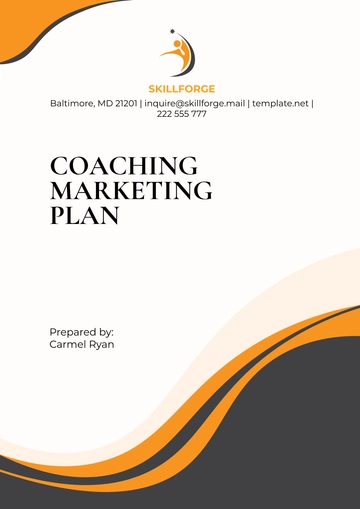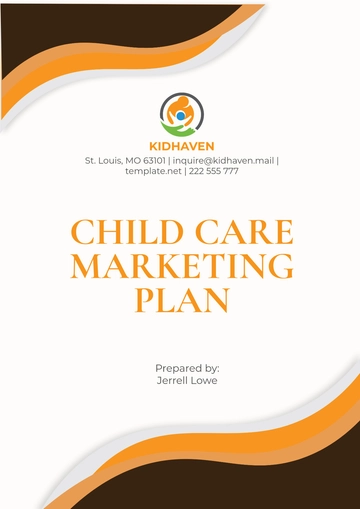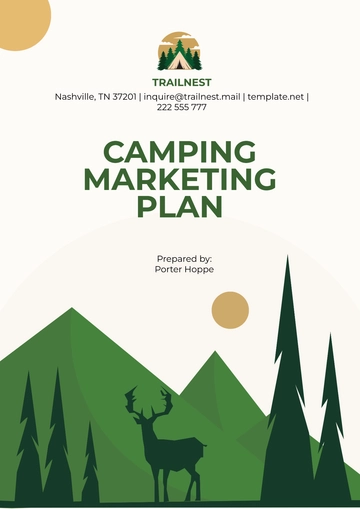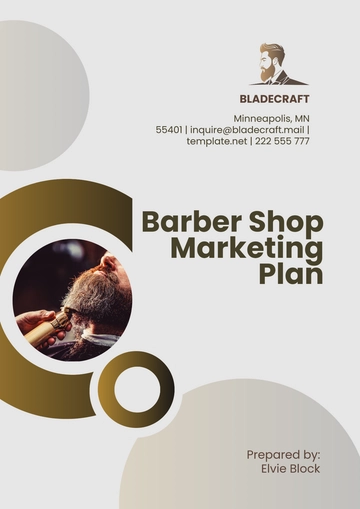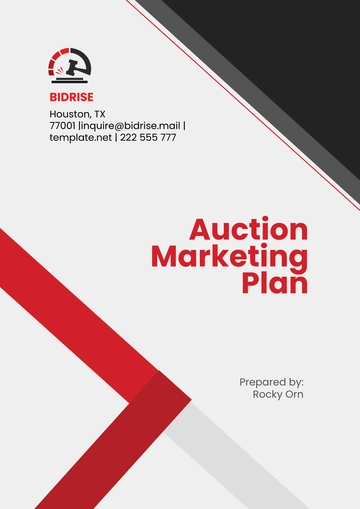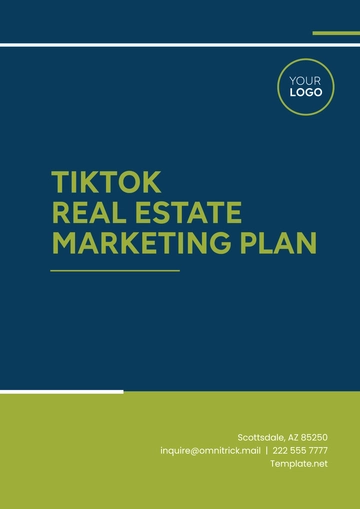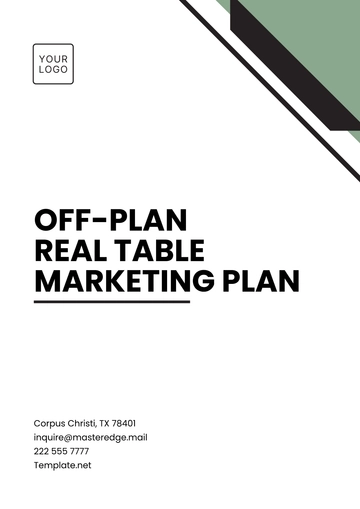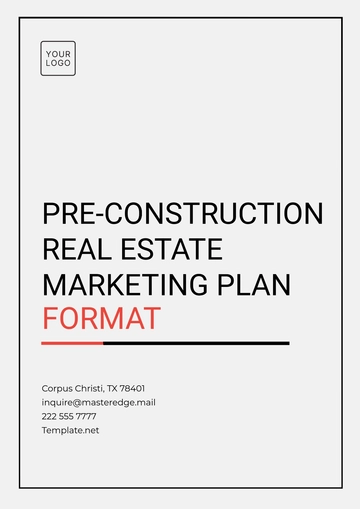Free Restaurant Digital Marketing Plan

I. Executive Summary
[Your Company Name] is committed to providing an exceptional dining experience that delights every guest. As we continue to innovate in the culinary world, our goal is to enhance our visibility and accessibility through comprehensive digital marketing strategies. This plan outlines our approach to strengthening our brand presence online, engaging more effectively with our customers, and driving increased traffic to both our website and our physical location.
Key components of our strategy include leveraging social media platforms, optimizing our website for search engines, and implementing targeted advertising campaigns. These efforts are aimed at increasing online reservations and walk-in visits by making [Your Company Name] the top-of-mind choice for dining in our area. Through detailed analytics and continuous improvement, we plan to grow our market share and ensure a seamless connection between our online presence and in-house service.
II. Objectives
To ensure the success of [Your Company Name]'s digital marketing initiatives, we have set forth specific, measurable objectives aimed at boosting our digital engagement and conversions over the next year. These targets are designed not only to enhance our online presence but also to directly contribute to an increase in dining traffic and customer engagement. Below are the key objectives we aim to achieve through our digital marketing efforts:
1. Increase website traffic by [30%] within the next 6 months.
2. Grow social media followers by [50%] in the next year.
3. Achieve a [20%] increase in online reservations.
4. Enhance email marketing open rates to [25%].
III. Target Market
[Your Company Name] strategically focuses on serving food enthusiasts, families, and young professionals aged 25 to 50 who value high-quality dining experiences in a warm and welcoming atmosphere. Our target customers are discerning individuals who not only appreciate gourmet meals but also seek a venue that provides both exceptional food and a comfortable setting for gatherings, celebrations, or casual dining.
This demographic is technologically savvy and heavily relies on digital platforms to inform their dining choices. They actively use social media to follow food trends, read reviews on platforms like Yelp and Google, and engage with restaurants directly through their websites and apps. Our customers appreciate thoughtful digital content that highlights our menu, special offers, and unique dining experiences, which influences their decision-making process.
To effectively reach and resonate with our target market, our digital marketing strategies are tailored to emphasize the quality of our ingredients, the skill of our culinary team, and the inviting atmosphere of our restaurant. By focusing on these aspects, we aim to attract individuals who are looking for more than just a meal, but a memorable dining experience that they will want to repeat and share with others.
IV. SWOT Analysis
To navigate effectively through the competitive landscape and seize growth opportunities, [Your Company Name] has conducted a comprehensive SWOT analysis. This analysis identifies our internal strengths and weaknesses, while also highlighting external opportunities and threats. Understanding these elements will guide our strategic decisions in the digital marketing plan, ensuring we capitalize on our advantages and address challenges proactively.
Strengths | Weaknesses |
|---|---|
Unique menu offerings that distinguish us from competitors. | Limited online presence that restricts our digital reach. |
Strong local brand presence that fosters customer loyalty and recognition. | Inconsistent social media activity, leading to missed engagement opportunities. |
Opportunities | Threats |
|---|---|
Growing trend in online food ordering, providing a platform to expand service offerings. | Rising competition in the local area, increasing the need for differentiation. |
Partnerships with food delivery apps, which can increase accessibility and convenience for customers. | Economic downturns that could reduce discretionary spending, impacting customer visits and overall spending. |
V. Marketing Strategy
In order to effectively engage our target market and drive more business to [Your Company Name], we have devised a detailed marketing strategy that encompasses various digital channels. This strategy is crafted to enhance our digital presence, engage directly with customers, and drive traffic both online and in-store. Each component of the strategy is designed to work in concert to maximize reach and impact. Below is an overview of the specific tactics we will employ in each area of our digital marketing:
Marketing Type | Strategy |
|---|---|
Content Marketing | Develop a blog with topics that resonate with our audience, such as "Recipe of the Month" and "Behind the Scenes in the Kitchen." |
Social Media Marketing | Launch targeted social media campaigns on platforms like Instagram, Facebook, and Twitter to engage our community. |
Email Marketing | Create a monthly newsletter featuring special promotions, upcoming events, and loyalty programs to enhance customer retention. |
Paid Advertising | Utilize Google Ads and social media ads to target specific demographics and drive more traffic to our website. |
VI. Budget
Our digital marketing budget for the year is [$0]. This budget will be allocated as follows:
Budget Category | Allocation |
|---|---|
Content Marketing | [$0] |
Social Media Marketing | [$0] |
Email Marketing | [$0] |
Paid Advertising | [$0] |
VII. Implementation Timeline
To ensure the successful rollout of our digital marketing strategies, we have outlined a detailed implementation timeline. This schedule allows us to strategically phase in different aspects of the campaign, assess their performance, and make adjustments based on data-driven insights. Our aim is to build momentum while continuously improving our efforts based on customer feedback and key performance indicators. The following table details the phased approach for implementing our marketing strategies over the course of the next year:
Time Frame | Activities |
|---|---|
Month 1-3 | Launch social media campaigns, create and distribute initial email newsletters. |
Month 4-6 | Introduce paid advertising, monitor key performance indicators (KPIs). |
Month 7-9 | Conduct customer surveys to measure marketing effectiveness, make necessary adjustments. |
Month 10-12 | Review the overall campaign, analyze ROI, prepare the marketing plan for the next year. |
VIII. Monitoring and Evaluation
We will monitor the effectiveness of our digital marketing efforts through KPIs such as website traffic, social media engagement, email open rates, and online reservation numbers. Monthly reports will provide insights into our progress and areas for improvement.
This comprehensive digital marketing plan for [Your Company Name] aims to unify our marketing strategies and enhance the presence of our restaurant in the digital landscape.
- 100% Customizable, free editor
- Access 1 Million+ Templates, photo’s & graphics
- Download or share as a template
- Click and replace photos, graphics, text, backgrounds
- Resize, crop, AI write & more
- Access advanced editor
Introducing Template.net's Restaurant Digital Marketing Plan Template – your essential guide to boosting your online presence in the food service industry. This editable and customizable template ensures clarity and strategic planning in your marketing efforts. Tailored for impact, it's editable in our Ai Editor Tool, offering seamless customization. Enhance your restaurant's digital marketing with a comprehensive plan covering social media strategies, email campaigns, SEO, content marketing, and performance tracking to attract and retain customers.

